The content of the article
If you go into the room and feel musty, you see dark spots on the ceiling or in the corners of the rooms, affected by fungus and black mold - you know, all the blame is high humidity. It's like a time bomb. It is detrimental to the health of all family members living in the apartment. The destructive effect is exerted by dampness on furniture, clothes, wooden doors, and doors.
Causes of humidity and dampness
To get rid of humidity in a living room, you must first identify its possible causes. By tightly attaching and strengthening a piece of foil to the wall of the apartment for a day, you can find out which side moisture enters the house.
If dew drops are seen on the foil from the side of the wall, then the source of excess moisture is from the outside, and if it is dry, then the source of dampness must be sought in the apartment.
The reasons for the appearance of mold in the house are many, the main ones are as follows:
- there is absolutely no ventilation in the house, and if it does, it means it is poorly debugged or clogged;
- unscrupulous neighbors from the top floor who constantly flood the apartment;
- poorly plastered inter-wall seams in the house;
- the basement in the house is constantly flooded, wet fumes rise in apartments on the first floors;
- improperly installed kitchen appliances or faulty plumbing;
- the roof leaks and the apartments of the upper floors are constantly flooded.
In addition, constant dampness is often present in the bathroom and kitchen, where wet fumes are especially intense. The larger the number of households, the higher the percentage of humidity. The number of stages of cooking, washing, showering, bathing, drying clothes is directly proportional to the number of family members. Even with normal ventilation, the abundance of moisture in these rooms, especially in the bathroom, leads to mold and a persistent specific smell. Gradually an unpleasant odor spreads throughout the apartment.
The increased humidity in the apartment may also be due to the enthusiasm of the owners for decorative plants and flowers. Especially tropical species requiring high humidity care. Sometimes such a hobby comes to the point of absurdity when the apartment turns into a real greenhouse with its specific wet damp vapors.
Often, increased humidity in apartments appears due to defects in interpanel ceilings or insufficient thermal insulation of the external walls of brick and panel houses. Especially these shortcomings are manifested in corner apartments, where the walls of the room form the outer corner of the house.
The danger of high humidity
High humidity negatively affects human health, as it is the cause of the development of chronic diseases.
At room temperature, the dampness of the premises has a beneficial effect on the development of various pathogenic bacteria, and is the cause of skin diseases such as eczema, fungus and allergic manifestations.
It is very difficult for asthmatics to find such rooms in which moist air provokes bouts of coughing and suffocation. The most common cold in such conditions is often delayed for a long period, sometimes with complications.
Most affected are children whose immunity has not yet gained strength, and the elderly, whose immune functions are already weakening due to age-related changes.
A constant companion of high humidity - black mold - is a powerful carcinogen that can provoke cancer.
However, in these conditions, not only the health of the residents of the house suffers. Mold can affect all wooden structures, furniture, and even spoil clothes.In addition, in such premises such foods as flour, cereals, bread, vegetables and fruits are dampened and spoiled. Mold-coated foods must not be eaten.
The fungus hits the walls of the rooms. It is sometimes very difficult to remove it, since the spores of the mycelium penetrate deep into the structure. The only way out is to drain the air and overhaul the rooms affected by the fungus.
What air humidity is normal?
Based on the requirements of sanitary standards for residential premises, at an air temperature of 20-21 ° C, air humidity should be in the range of 40-60%. In such conditions, the human respiratory system operates in the most favorable mode. It has been noticed that during the flu epidemic, people who are at home and at work in rooms with the optimal humidity value are much less likely to get sick.
Ways and methods of getting rid of excess moisture in the house
The most effective method of draining living quarters is to periodically heat and ventilate them.
A dehumidifier will help get rid of dampness in the apartment. It can be purchased at any household appliance store. Dehumidifiers come in different capacities and with humidity sensors. The more powerful the dehumidifier, the more efficient it will eliminate the increased moisture in the apartment.
Be sure to give out steam, which is formed in the bathroom, kitchen. To do this, periodically ventilate the premises.
Install windows with a ventilation function that ensures constant circulation of fresh air.
In the kitchen, it is advisable to adapt a forced extractor hood over a gas stove. This will help eliminate the steam that forms during cooking.
In the bathroom, you can install an electric heated towel rail, which will effectively remove the released moisture during the drying process.
The air conditioner perfectly supports the given microclimate in the rooms. It not only dries moist air, but also perfectly maintains the desired temperature in the room.
Be sure to check the condition of the ventilation shafts in your home. If during the test the draft is weak, then this can also cause dampness in the house. Fix the problems yourself or call a specialist to help eliminate the cause of poor traction.
How to avoid high humidity
To maintain optimal humidity in the house, it is necessary to eliminate its sources. If, using the foil, as described earlier, it is revealed that the external factor is the source of dampness in the apartment, the following measures should be taken:
- Close up all inter-panel slots to prevent the influx of moist air from the outside.
- Insulate the outer walls of the apartment with mineral wool. The thickness of its blocks should be at least 10 cm. But in no case do not use polystyrene for this purpose, which not only does not protect your apartment from excessive moisture, but also creates a dew point on the walls.
- Replace all windows in the apartment with high-quality metal-plastic ones that have a ventilation function.
- If your apartment is on the ground floor, it needs additional sources of heat. We advise you to equip floors with electric heating.
If the source of moisture is in the apartment, you must adhere to the following rules:
- Keep the ventilation system in good condition.
- Ventilate the room periodically.
- We recommend replacing linoleum flooring with parquet or laminate made of natural wood.
- It is advisable to replace latex wallpapers that do not “breathe” with mineral materials.
- Ensure optimal heat transfer in the apartment by installing additional heating.
- In the kitchen and bathroom, equip a hood and an electric heated towel rail.
- It is desirable to dry linen on a balcony or on the street.
- If you like indoor plants, give preference to less moisture-loving ones.
- Treat the walls in the bathroom with antifungal agents.
Subject to these recommendations, a favorable microclimate and comfort will be created in your apartment. And, most importantly, you will protect yourself from the risk of exposing your health to the effects of adverse factors that conceal high humidity. Good health and a comfortable life!

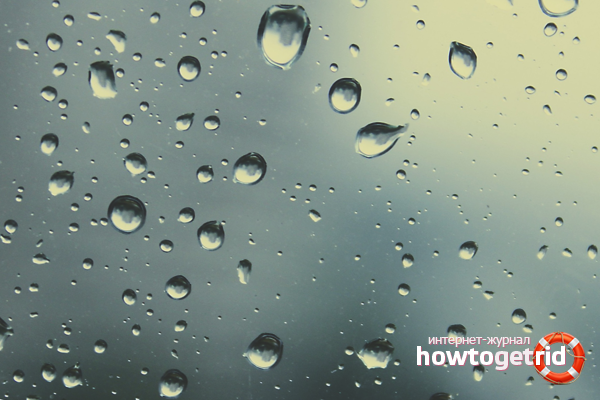
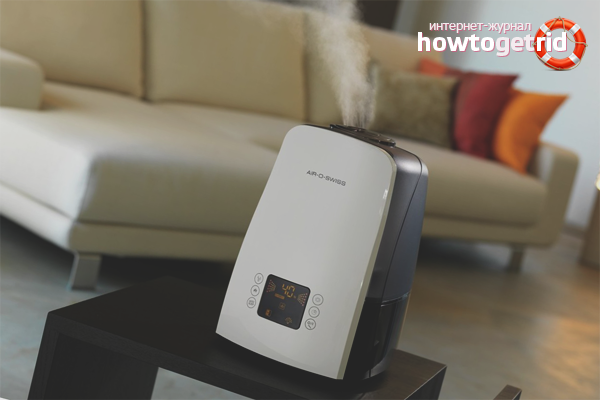
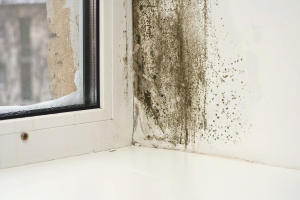

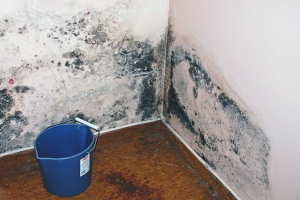

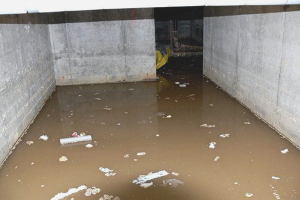
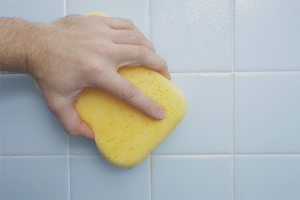
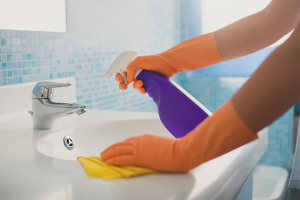

Submit